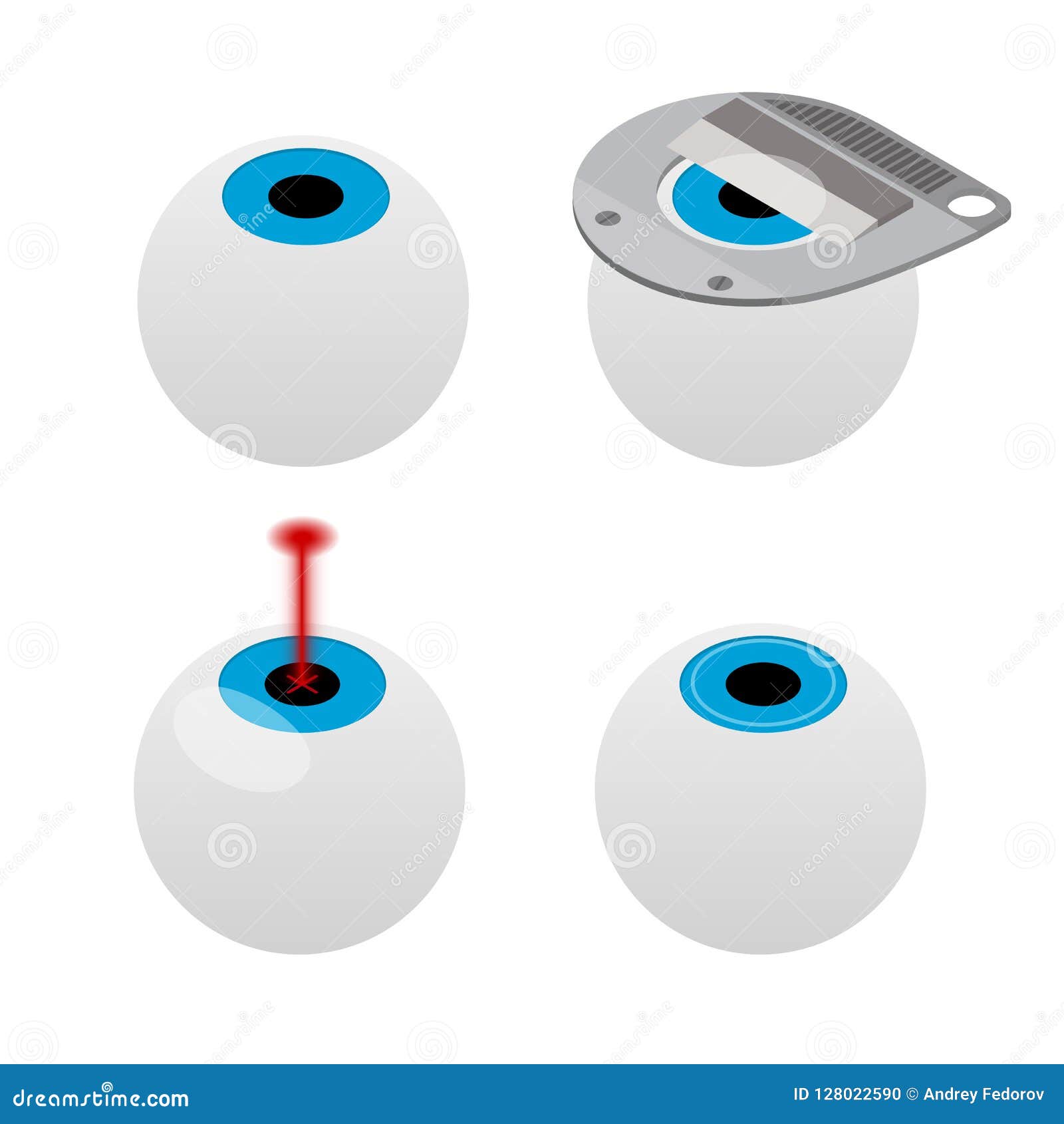Considering SMILE Surgical Treatment? Discover Essential Factors To Consider And Understandings To Assist You In Making A Knowledgeable Decision Concerning Your Visual Leads
Considering SMILE Surgical Treatment? Discover Essential Factors To Consider And Understandings To Assist You In Making A Knowledgeable Decision Concerning Your Visual Leads
Blog Article
Team Writer-Frederiksen Bilde
If you're contemplating SMILE eye surgical procedure, contemplate this: are you prepared to accept possible aesthetic freedom, or does the thought of any risks make you be reluctant? Your choice will rest on a cautious balance of considering the advantages against the uncertainties. It's crucial to dig deeper right into the subtleties of SMILE surgical treatment to make an enlightened option that straightens with your visual goals.
Recognizing SMILE Eye Surgical Treatment
When taking into consideration SMILE Eye Surgery, it is essential to recognize the procedure and its advantages. SMILE, which means Tiny Incision Lenticule Removal, is a minimally invasive laser eye surgical treatment that corrects common vision issues like nearsightedness (nearsightedness).
Throughout the procedure, your eye doctor will use a femtosecond laser to produce a small cut in your cornea. Through this cut, a tiny disc of cells called a lenticule is removed, reshaping the cornea and remedying your vision.
Among the crucial advantages of SMILE Eye Surgical treatment is its quick recuperation time. Many people experience improved vision within a day or more after the treatment, with minimal discomfort.
In addition, SMILE is recognized for its high success rate in providing long-lasting vision adjustment. Unlike LASIK, SMILE doesn't need the creation of a flap in the cornea, lowering the risk of problems and allowing for a much more steady corneal framework post-surgery.
Understanding the procedure and its advantages is crucial when taking into consideration SMILE Eye Surgical procedure for vision adjustment.
Benefits and drawbacks of SMILE
Thinking About SMILE Eye Surgical treatment for vision correction includes different benefits and possible drawbacks.
Among the major pros of SMILE is its minimally intrusive nature, as it involves a little laceration and usually leads to fast recuperation times. The treatment is additionally understood for triggering minimal discomfort and completely dry eye signs post-surgery contrasted to various other vision modification techniques. Furthermore, SMILE has been revealed to give outstanding aesthetic end results, with many patients achieving 20/20 vision or better.
On the other hand, a prospective disadvantage of SMILE is that it may not be suitable for individuals with serious refractive errors, as the treatment range is rather restricted contrasted to LASIK. An additional factor to consider is that the knowing curve for surgeons implementing SMILE can affect the schedule of knowledgeable service providers in certain areas.
It is necessary to consider these pros and cons thoroughly when making a decision if SMILE is the right option for your vision modification demands.
Figuring Out Qualification for SMILE
To determine if you're eligible for SMILE eye surgical procedure, your optometrist will conduct an extensive examination of your eye health and wellness and vision needs. Throughout this examination, variables such as the security of your vision prescription, the density of your cornea, and the overall health of your eyes will be assessed.
Usually, prospects for SMILE more than 22 years of ages, have a steady vision prescription for at least a year, and have healthy and balanced corneas without conditions like keratoconus.
Your optometrist will also consider your general eye wellness, any existing eye problems, and your way of living requires to determine if SMILE is the ideal choice for you. It's necessary to communicate any type of particular aesthetic requirements or problems you might have during this assessment to guarantee that the treatment aligns with your expectations.
If you aren't qualified for SMILE, your optometrist may advise alternate vision correction alternatives that far better suit your private requirements and eye wellness condition.
Verdict
Eventually, choosing whether SMILE eye surgical procedure is right for you needs cautious factor to consider of your private eye health and aesthetic requirements. Speak with your optometrist to identify your eligibility for the treatment and weigh the potential advantages and drawbacks. Remember to communicate PRK Eye Surgery Recovery Time or concerns you might have throughout the examination procedure to make an enlightened choice about your vision improvement alternatives.
